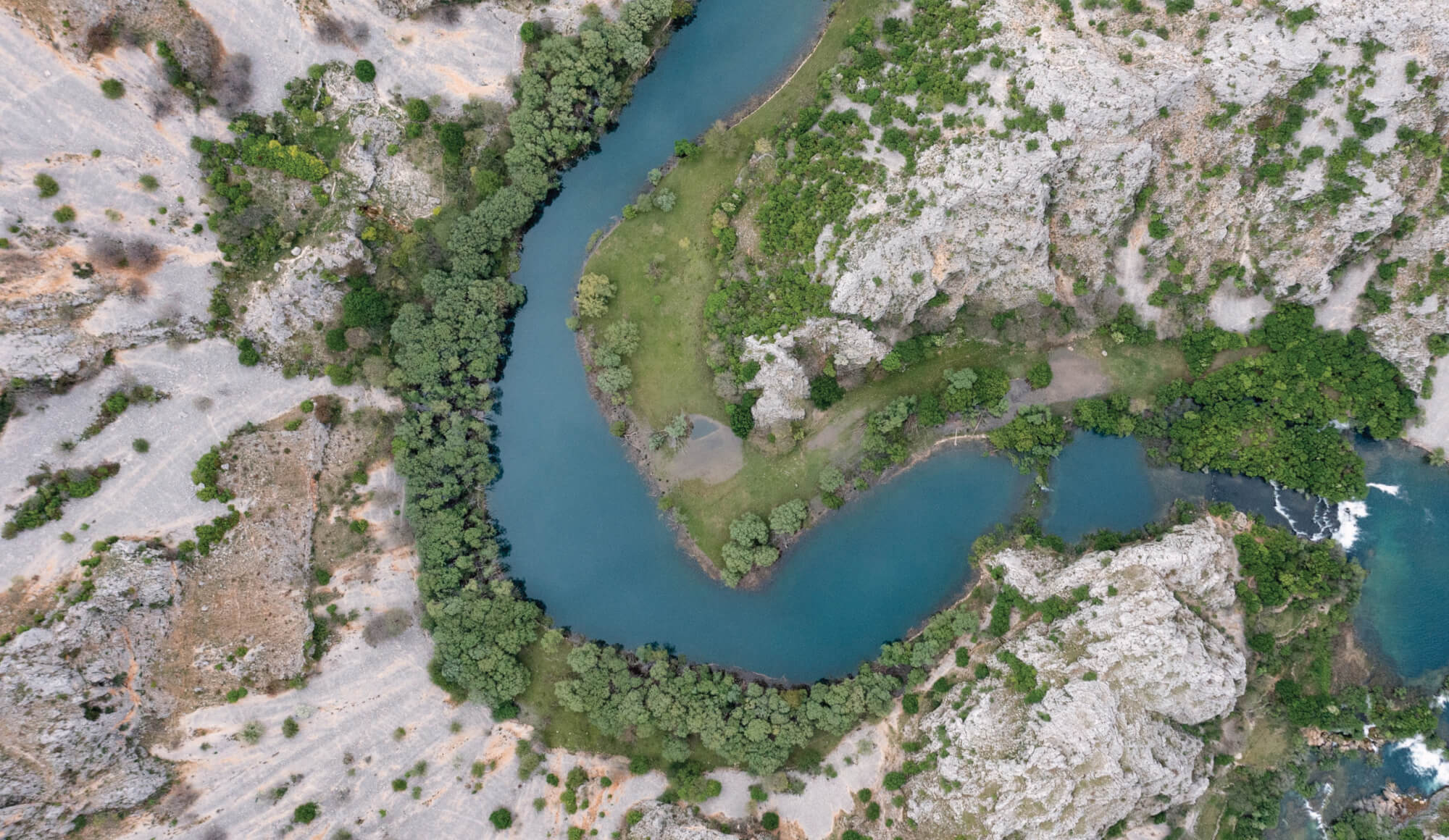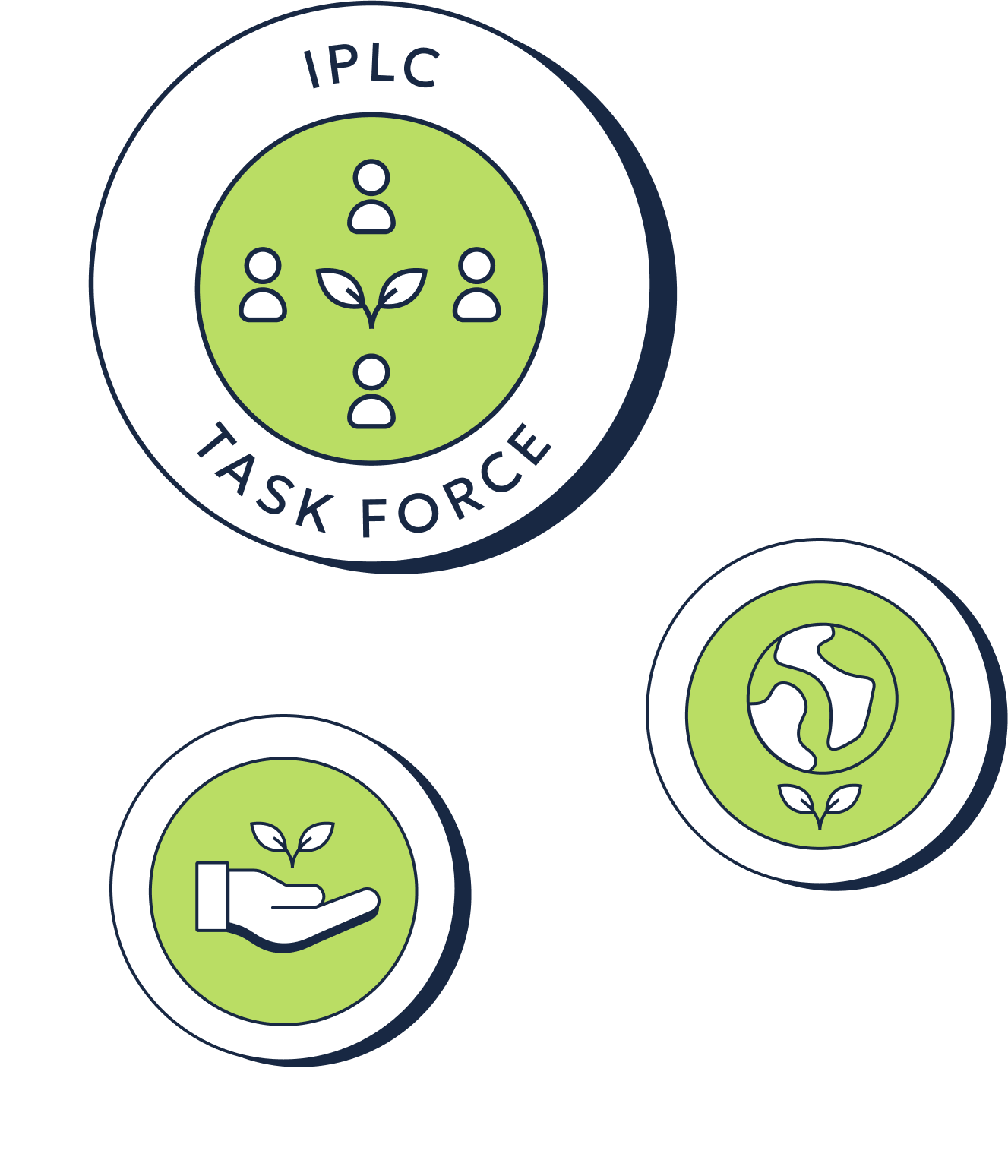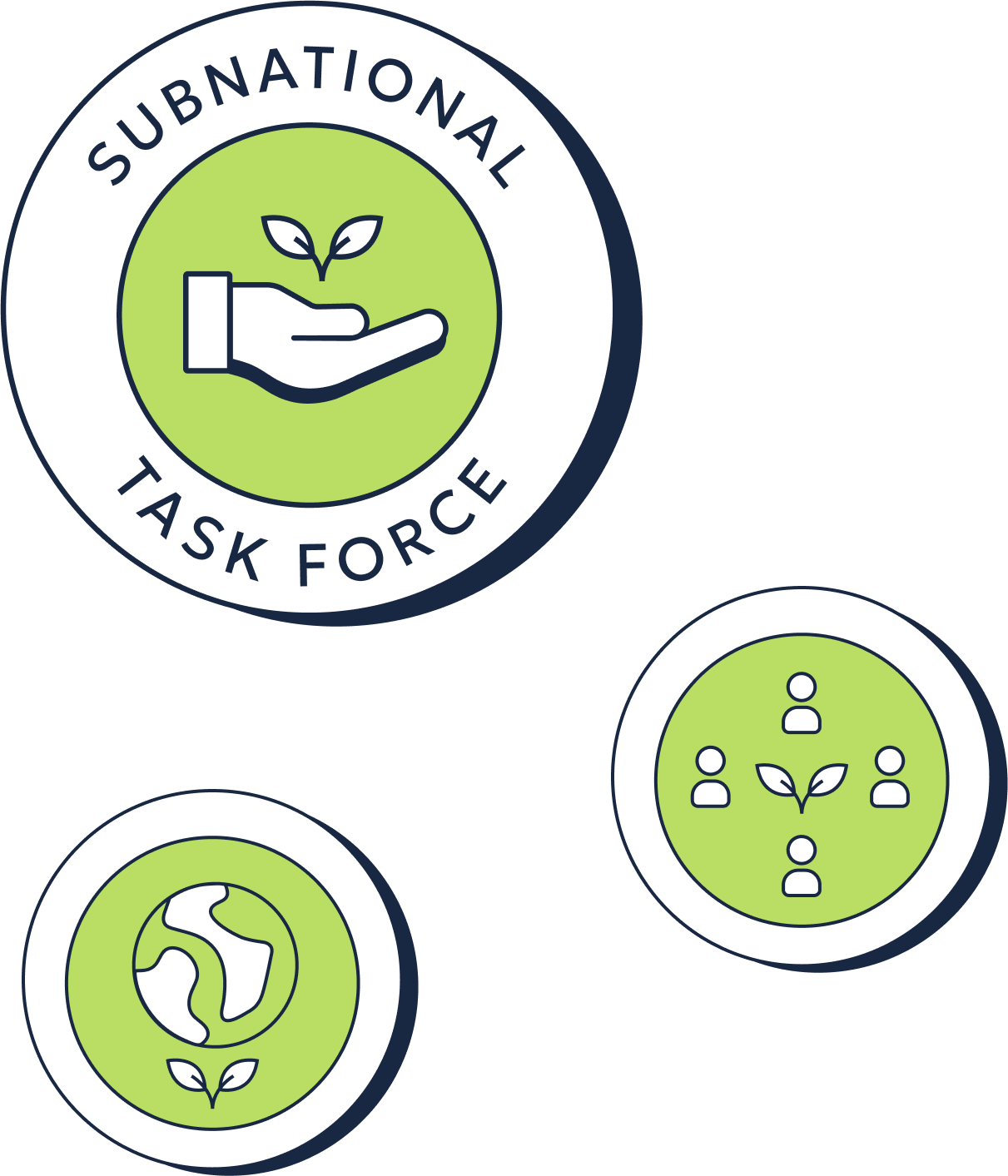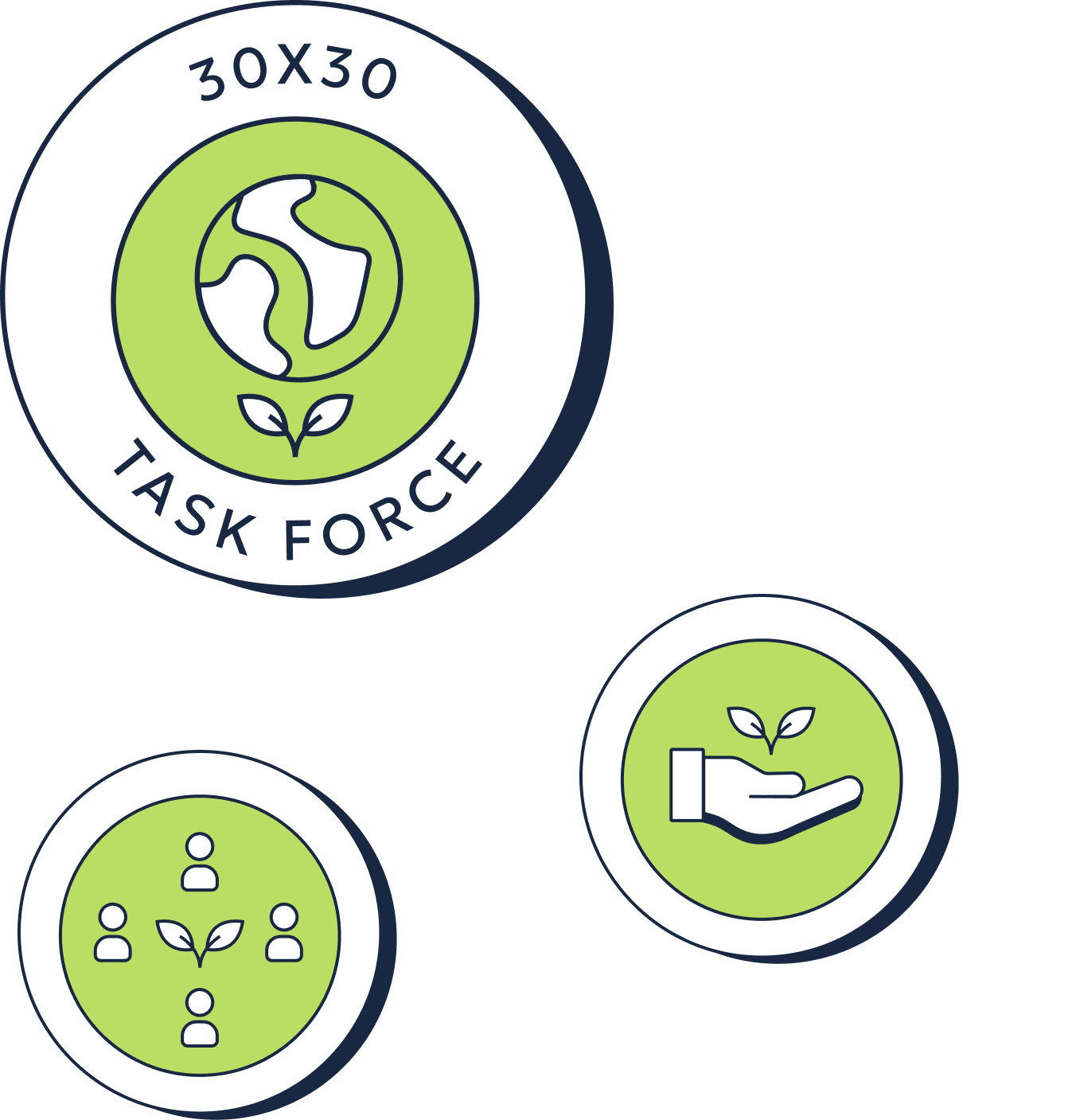The HAC for N&P was pivotal in securing a global agreement to effectively conserve and manage at least 30% of the planet’s land and 30% of the ocean by 2030 at the 15th Conference of the Parties to the Convention on Biological Diversity, known as the “30×30 target”.
Indigenous peoples and local communities (IPLCs) are protectors of the most biodiverse sites in the world. To effectively and equitably meet 30×30, IPLCs should be engaged as partners in the design and management of these conserved areas, while ensuring free, prior, and informed consent and alignment with the UN Declaration on the Rights of Indigenous Peoples. The HAC for N&P created a task force to address IPLC concerns and promote indigenous wisdom in the CBD negotiations. This task force initiated a dialogue with the International Indigenous Forum on Biodiversity.
The HAC N&P also promoted nature-based solutions within the UN Framework Convention on Climate Change and supported the adoption of key elements of the post-2020 global biodiversity framework at COP15. In particular, we work towards the effective management of protected and conserved areas, increased public and private financing to ensure their long-term management and local governance, and efficient implementation mechanisms to put nature on a path to recovery by 2030.
Our focus now is supporting our members to deliver on the commitments made at COP15 in order to halt the further loss of nature and conserve our vital ecosystems.



